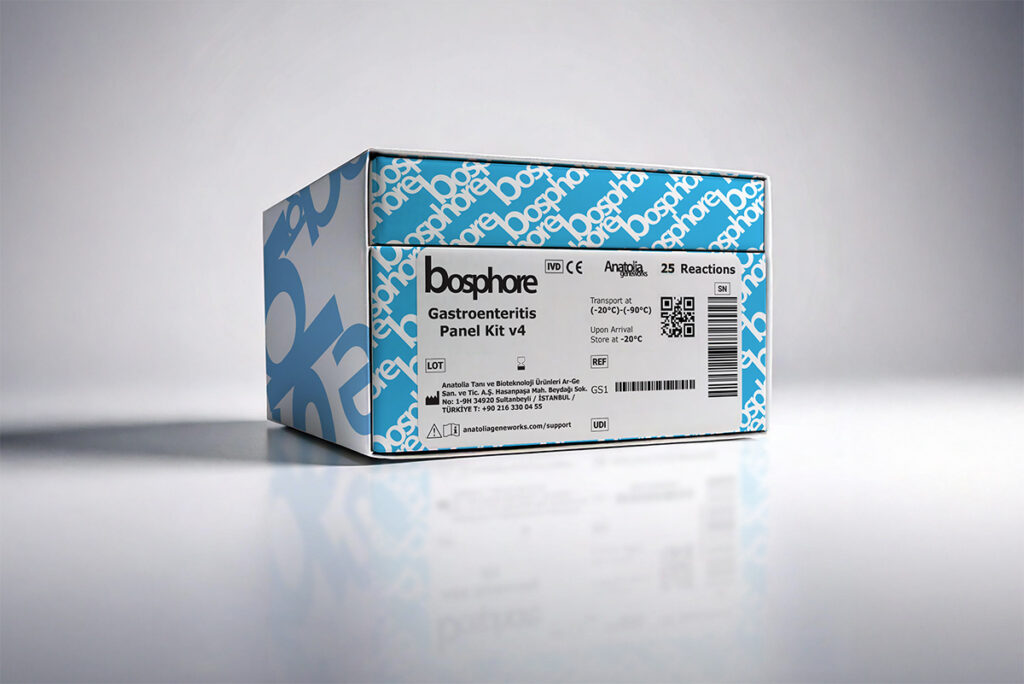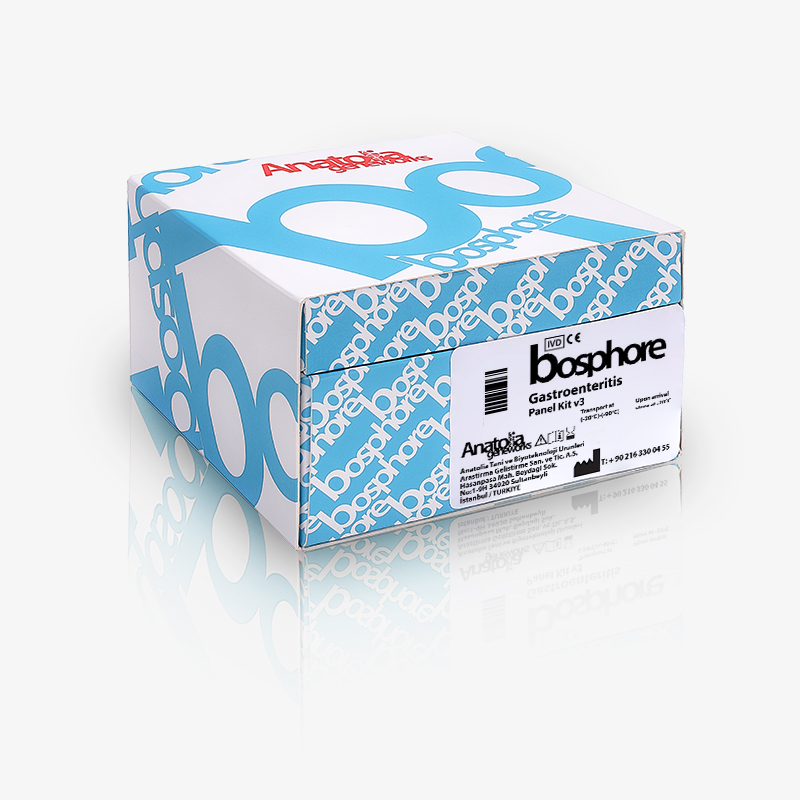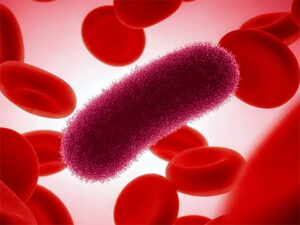
Norovirus is one of the most common causes of acute gastroenteritis worldwide. Often referred to as the “winter vomiting bug” or “Norwalk Virus,” this highly contagious virus can spread rapidly in communities, leading to outbreaks in schools, hospitals, and other crowded environments. Understanding Norovirus, its transmission, symptoms, and prevention are crucial to controlling its impact on public health.
What is Norovirus?
Norovirus is a group of viruses, classified into ten genogroups (GI-GX). It causes inflammation in the stomach and intestines, leading to gastroenteritis. It can affect individuals of all ages and is responsible for about 685 million cases of disease and 200,000 deaths globally a year. Unlike bacterial infections, Norovirus is a viral pathogen, making antibiotics ineffective against it.
How Does Norovirus Spread?
Norovirus is extremely contagious and spreads through:
- Consuming contaminated food or water
- Touching contaminated surfaces and then touching the mouth
- Direct contact with an infected person, such as caring for a sick individual
- Inhalation of virus particles from vomiting or fecal matter

The virus is highly resilient, capable of surviving on surfaces for days and resisting many common disinfectants. As few as 10 virus particles can be enough to cause an infection, making outbreaks difficult to contain.
Symptoms of Norovirus Infection
Symptoms typically appear 12-48 hours after exposure and last for 1-3 days. Common symptoms include:
- Nausea and vomiting
- Diarrhea and stomach cramps
- Fever and body aches
- Dehydration, especially in young children, elderly individuals, and those with weakened immune systems
While Norovirus infections are generally self-limiting, severe dehydration can require medical intervention.
Prevention and Control
Preventing Norovirus requires strict hygiene practices and proper sanitation. Key preventive measures include:
- Frequent Handwashing: Wash hands thoroughly with soap and water for at least 20 seconds, especially after using the restroom and before eating. Alcohol-based hand sanitizers are ineffective against Norovirus, a non-enveloped virus.
- Proper Food Handling: Cooking seafood thoroughly and washing fruits and vegetables before consumption.
- Surface Disinfection: Cleaning contaminated surfaces with disinfectants containing bleach.
- Isolation of Infected Individuals: Avoiding contact with others until at least 48 hours after symptoms are resolved.
The Role of Molecular Diagnostics in Norovirus Detection
Rapid and accurate detection of Norovirus is essential for outbreak control and patient management. Molecular diagnostic tests, such as Real-Time PCR assays, are highly sensitive tools for identifying Norovirus in clinical and environmental samples therefore, they are the most preferred method.
These tests provide rapid results, aiding in the early detection and containment of outbreaks. Bosphore Viral GI Panel Kits and Gastroenteritis Panel Kits can detect Norovirus GI and Norovirus GII along with other gastroenteritis pathogens, even if they present in as few as 10 copies.

Conclusion
Norovirus is a highly contagious virus that can cause significant public health concerns. While there is no specific antiviral treatment, early detection, strict hygiene practices, and effective sanitation measures can help control its spread. Advances in molecular diagnostics play a critical role in identifying outbreaks and preventing further transmission. By staying informed and practicing good hygiene, individuals and communities can minimize the risk of Norovirus infections.




